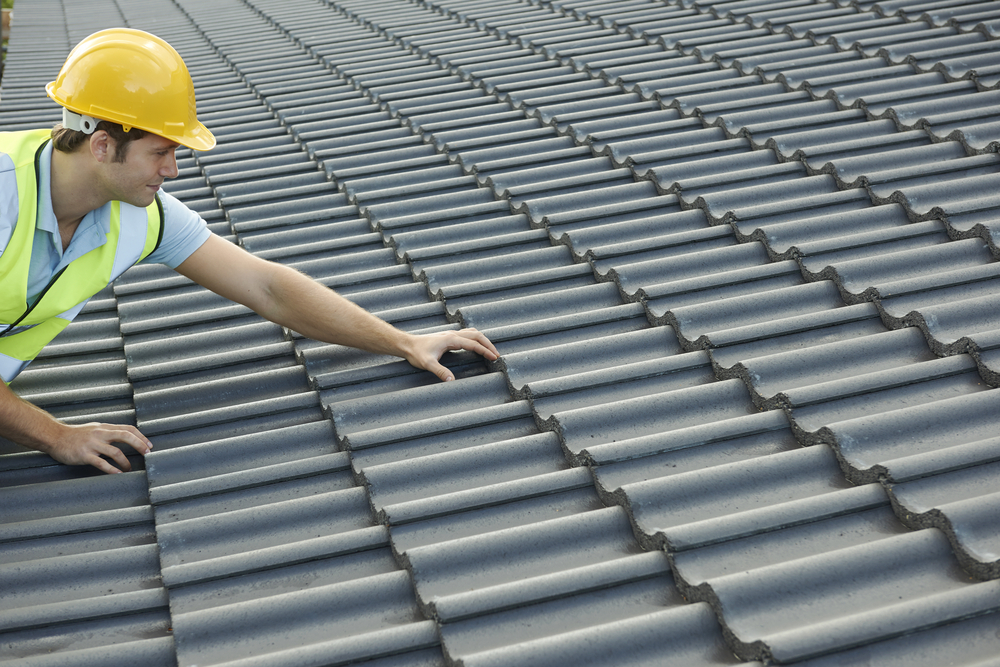Welsh slate, known for its durability and unique beauty, has been a prized material for centuries. Nestled in the mountains of Wales, this natural resource has been transformed into stunning works of art that captivate and inspire.
For generations, craftsmen in Wales have honed their skills in working with slate, creating intricate designs that showcase the natural colors and textures of this remarkable material. From small trinkets to large sculptures, Welsh slate has the ability to transform into masterpieces that are cherished and admired.
One of the reasons why Welsh slate is so highly regarded is its rich history and connection to the land. Mined from the heart of Snowdonia in North Wales, the slate has been a part of the local culture and economy for centuries. The rugged beauty of the mountains and the laborious process of extracting the slate add to its allure and mystique.
The journey of Welsh slate from the mountains to the artist's studio begins with the mining process. Miners navigate the treacherous terrain, using their expertise to extract large blocks of slate from deep within the earth. These blocks are then transported to nearby workshops, where they are carefully cut and shaped into smaller pieces suitable for sculpting.
The art of working with slate requires precision and patience. Craftsmen use a variety of tools to carve and shape the slate, taking care to preserve the natural layers and textures. Each piece of slate is unique, with its own distinct patterns and colors, making every artwork truly one-of-a-kind.
Once the desired shape is achieved, the slate is polished to enhance its natural luster and protect it from the elements. This final step brings out the vibrant colors and intricate details, revealing the true beauty of Welsh slate.
The versatility of Welsh slate allows artists to create a wide range of masterpieces. From delicate jewelry and ornate decorative items to large-scale sculptures and architectural features, there is no limit to the possibilities. Some artists choose to embrace the natural shape and texture of the slate, creating abstract forms that highlight its raw beauty. Others take a more traditional approach, meticulously carving intricate patterns and designs.
Welsh slate has also found its place in modern architecture and design. Its durability and resistance to weathering make it an ideal material for roofing, flooring, and cladding. Many contemporary buildings feature Welsh slate, seamlessly blending with the surrounding landscape and adding a touch of elegance and sophistication.
The beauty of Welsh slate extends beyond its physical appearance. It is a symbol of Welsh identity and heritage, representing the resilience and resourcefulness of the people who call this land home. The slate industry has played a significant role in the local economy, providing employment and supporting small businesses.
As the demand for Welsh slate continues to grow, the artistry and craftsmanship associated with it are being celebrated and preserved. Artisan workshops and galleries showcase the talent of local craftsmen, offering a glimpse into the world of Welsh slate art. Visitors can witness the transformation firsthand, as artists demonstrate their skills and share the stories behind their creations.
From mountains to masterpieces, Welsh slate has a unique ability to captivate and inspire. Its natural beauty, combined with the skill and creativity of Welsh craftsmen, results in stunning works of art that stand the test of time. Whether it's a small trinket or a monumental sculpture, each piece tells a story and carries a piece of Wales wherever it goes.

